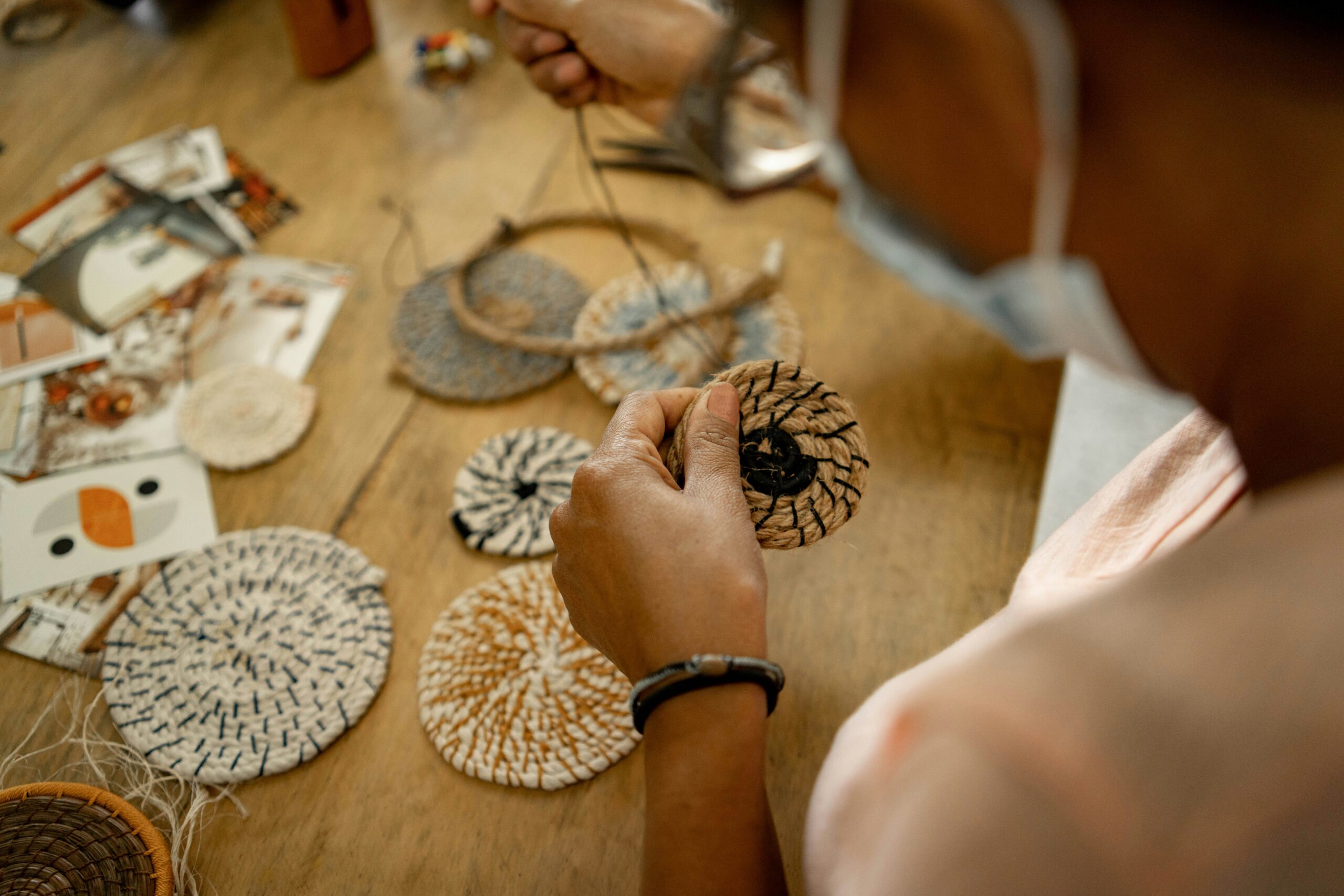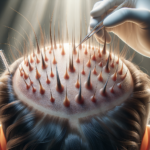Understanding Hair Transplantation: An Overview
Hair transplantation is a surgical technique that involves moving hair follicles from one part of the body, known as the ‘donor site’, to a bald or balding part of the body called the ‘recipient site’. It is primarily used to treat male pattern baldness, but it can also be employed to restore eyelashes, eyebrows, beard hair, chest hair, and pubic hair. The procedure is minimally invasive and is performed under local anesthesia, making it a relatively safe option for those looking to regain their hair.
There are two main types of hair transplant procedures: Follicular Unit Transplantation (FUT) and Follicular Unit Extraction (FUE). FUT involves removing a strip of skin from the donor area, from which individual follicular units are dissected and transplanted to the recipient site. FUE, on the other hand, involves extracting individual follicular units directly from the donor area, which are then implanted into the recipient site. Both methods have their pros and cons, with FUT being more suitable for larger areas and FUE offering the advantage of minimal scarring.
Hair transplantation has gained popularity due to its ability to provide natural-looking results. The transplanted hair behaves like natural hair, growing and shedding in the same cycle. This makes it a long-term solution for those struggling with hair loss. However, it’s important for potential candidates to have realistic expectations and understand that results can vary based on factors like hair type, age, and the extent of hair loss.
The Benefits of Hair Transplantation in Australia
Australia has become a significant hub for hair transplantation procedures, thanks to its advanced medical facilities and skilled professionals. The benefits of undergoing hair transplantation in Australia are numerous, making it an attractive option for both locals and international patients. One of the primary advantages is the accessibility of top-notch clinics equipped with the latest technology and staffed by experienced surgeons who are well-versed in the latest techniques.
Another key benefit is the affordability of these procedures compared to other countries. While hair transplantation can be a costly investment, the competitive pricing in Australia makes it more accessible to a broader range of people. Additionally, many clinics offer flexible payment plans, allowing patients to manage their finances more effectively while still receiving quality care.
The Australian healthcare system is renowned for its high standards, ensuring that patients receive comprehensive pre- and post-operative care. This includes detailed consultations, where surgeons assess the patient’s hair loss pattern, discuss their expectations, and tailor the procedure to meet their specific needs. Post-operative care is equally thorough, with follow-up appointments to monitor progress and ensure optimal healing.
Considerations and Expectations for Hair Transplant Patients
Before opting for a hair transplant, it’s crucial for potential patients to consider several factors to ensure they make an informed decision. One of the primary considerations is the patient’s overall health. A thorough medical examination is necessary to determine if the individual is a suitable candidate for the procedure. Conditions such as uncontrolled diabetes or heart disease may pose risks during surgery, and a qualified surgeon will evaluate these factors carefully.
Patients should also have realistic expectations regarding the outcomes of the surgery. While hair transplantation can provide significant improvements, it is not a miracle cure for all types of hair loss. The extent of coverage and density achievable depends on the availability of donor hair and the individual’s hair characteristics. Surgeons typically provide a detailed plan outlining the expected results, helping patients understand what can realistically be achieved.
Post-surgery, patients should be prepared for a recovery period where they may experience some discomfort and swelling. It’s important to follow the post-operative care instructions provided by the surgeon to ensure proper healing and to maximize the success of the transplant. This includes taking prescribed medications, avoiding strenuous activities, and protecting the scalp from direct sunlight.
Ultimately, hair transplantation can be a life-changing procedure for many, boosting self-esteem and enhancing personal appearance. By understanding the process, benefits, and considerations, individuals can make an informed decision and embark on a journey towards renewed confidence.








